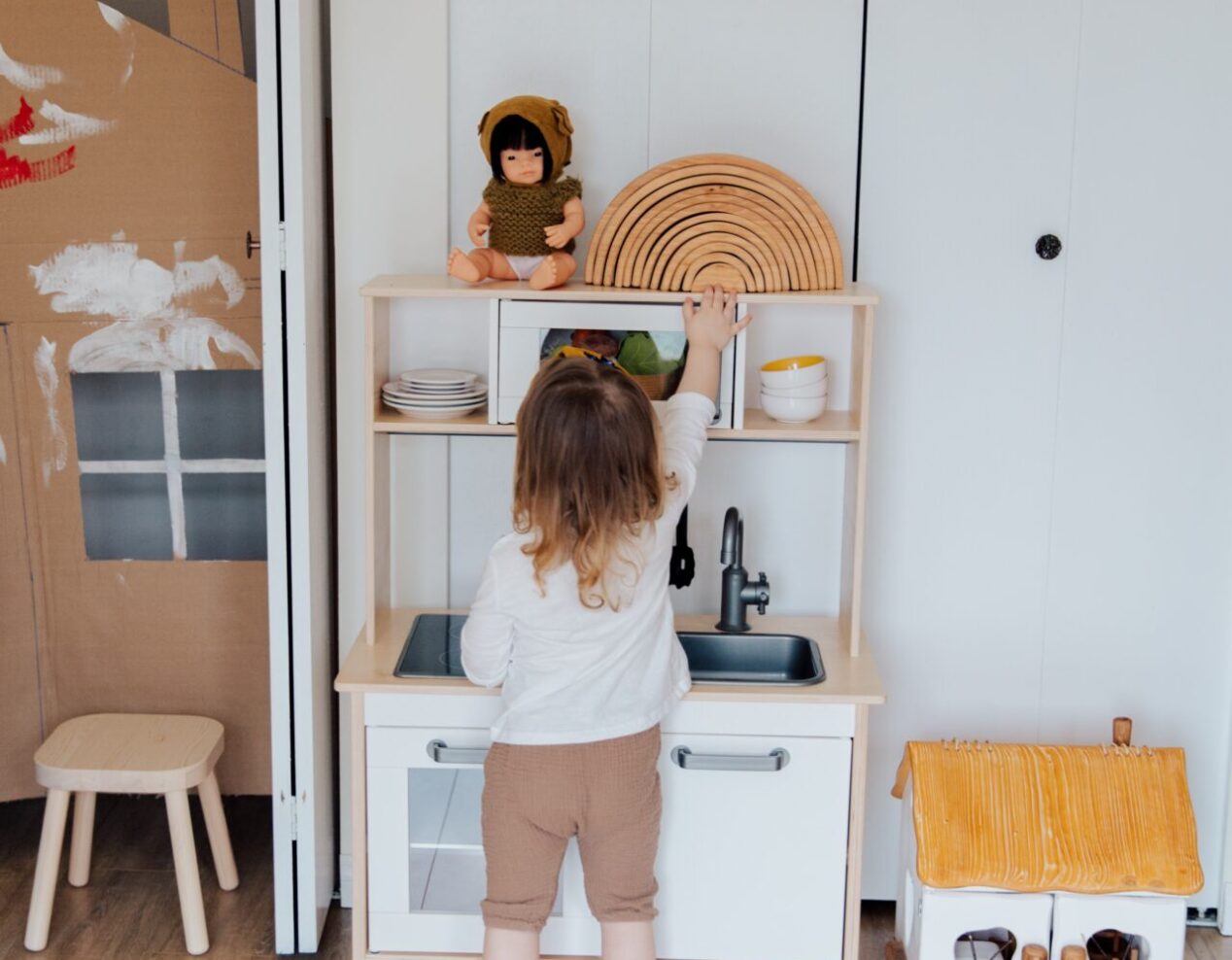Tossing and rolling – nurturing your toddler’s fascination with moving balls

There’s no denying it: tossing objects is an integral part of play and an initial introduction to the concept of cause and effect. Of course, nobody is suggesting that babies should be encouraged to start flinging heavy items around the house. This isn’t about perfecting an underhand pitch or a synchronized overhand throw. These initial throws are essentially more of a sling.
Providing safe ways to practice can help enhance skills that your baby is naturally enthusiastic to discover.
Between 9 and 12 months, a baby might unintentionally throw an object. The motion starts with a hand shake, trying to release the ball from their grasp, leading to a sudden realization that the ball has been propelled to a distance, bouncing and rolling.
Somewhere around 13 to 16 months, a toddler might begin to throw a ball underhand while seated, with their arm positioned downward and their palm facing up.
Around the 18 month mark, a toddler is likely to throw a ball forward while standing in a supported position. This could mean standing while holding onto a table with one hand, or with an adult holding onto their waist or hips.
It is essential to give toddlers ample opportunities to throw suitable objects at suitable times.
Here are a few suggestions to aid in your toddler’s development of throwing skills:
Kickstart the roll
Begin by rolling a large, soft ball towards your toddler and observe if they can roll it back.
Demonstrate the throw
First, exhibit the throwing action for your toddler, and then let them attempt it. Place your hand over theirs and guide them through the motion, eventually letting them release the ball independently.
Start with soft throws
When ready to practice throwing, begin by demonstrating how to toss a soft ball towards a basket. Throwing directly towards your toddler could startle them.
Seated throws
Toddlers may need to sit while learning to throw, as standing while throwing demands additional balance. Encourage their efforts!
Paper toss
Crumpling paper and tossing it into a box or the recycling bin is another engaging activity that can be performed anywhere.
Mastering direction and control
Initially, toddlers will not have control over the direction of their throw, but with time, they will learn how to propel the ball forward.
If a toddler starts to throw items too forcefully, or throws things at inappropriate times, help them understand that such behavior isn’t safe. A gentle reminder could be: “Is it time to practice throwing? Would you like to play catch now? Let’s select a softer ball because throwing objects when others aren’t prepared could potentially harm them.”



